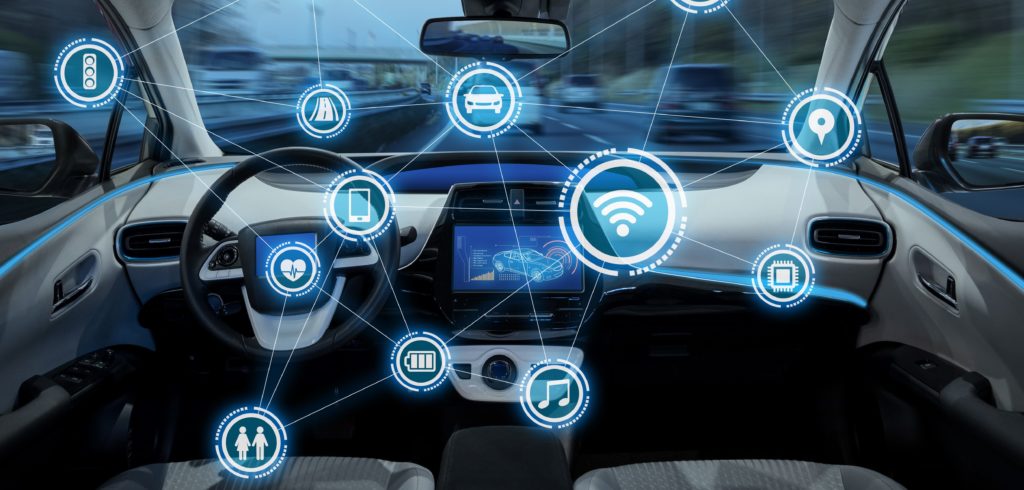Original equipment manufacturers (OEMs) have an opportunity to exploit the full potential of connected services, but must act quickly as the gap between them and digital players widens. At least, this is the key finding of a new research report from specialists Capgemini Invent.
The company says its Connected Vehicle Trend Radar 2, which surveyed over 3,000 customers worldwide, found that close to half (44%) of global customers do not yet have any connected services in their cars, and only 51% of those that do are frequent users, meaning OEMs have yet to penetrate the connected services market effectively.
It claims the findings suggest that opening up the connected services portfolio to include third-party applications would be a viable way for manufacturers to regain the lead against their digital native counterparts. The report notes that customers are already using third-party applications from major tech players, thus making these accessible through a vehicle’s interface is key to bringing customers, and their data, back into the fold.
The report posits that connected services don’t just offer a wide range of untapped opportunities for traditional auto players, they’re critical. Digital players have recognized that a car is just another entity in a consumer’s digital environment. In order to boost customer loyalty, the driving experience needs to merge seamlessly into a person’s digital life. Before, the relationship between manufacturer and consumer was rarely as strong post-purchase, but now users are increasingly becoming a manufacturer’s strongest asset for the future. This requires OEMs to act quickly to provide services that customers value and use.
With OEMs typically outsourcing activities that are beyond their core competencies, they have applied a similar approach to connectivity. While connected services have been given a seamless look and feel over time, they cannot usually be updated once the car is on the road; worse, the services currently available vary widely from model to model within a given OEM’s range. Notably, this is an issue VW is looking to address with its newly created in-house software arm.
Dr Rainer Mehl, managing director of Manufacturing, Automotive and Life Sciences at Capgemini Invent, explained, “Manufacturers today are burdened by legacy and tend to assume that connected services can be delivered in exactly the same way that cars are produced — by simply assembling elements from suppliers instead of working as part of an ecosystem with best-in-class partners. But losing market share in connected services means missed revenue, or worse, potentially becoming a supplier to tech companies.”
The market place appears to be evolving faster than many OEMs realize and, as Rainer concludes, “In the past, drivers had to make do with what they were given by manufacturers, but this monopoly no longer exists. Tech companies successfully entered the space with smartphone services and easy connections towards the car. Now OEMs need to work harder to stay relevant — especially as customers become increasingly unwilling to accept connected services that are not current or fall short of the premium.”
To read a full copy of the report and its recommendations, click here.



